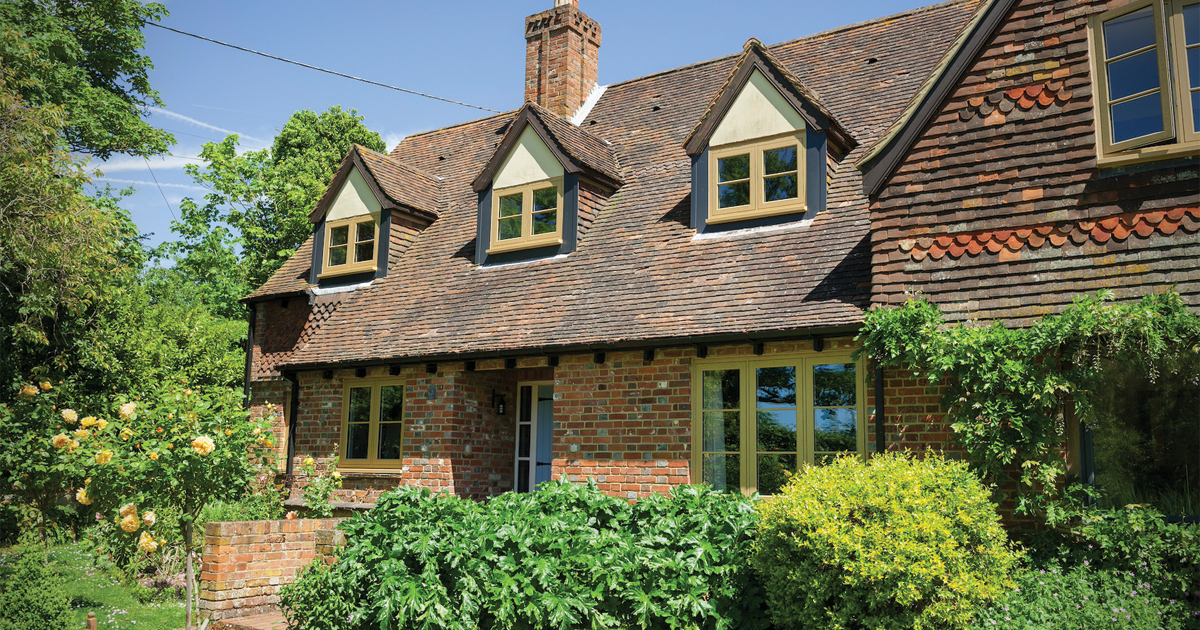This drive is set to review the wide range of barriers homeowners face when looking to future proof their homes, whilst protecting their heritage. The review will also explore how these barriers are placing restrictions on the UK achieving Net Zero status by 2050.
With approximately 5.9 million properties built before 1919 in the UK, owners of these heritage buildings face difficult restrictions when looking to upgrade them structurally. With the appropriate energy saving measures, owners of buildings built before 1919 could save approximately £428 per year on their energy costs2 showing the necessity of the Government’s review.
Sales & Marketing Director, Sarah Hitchings shares her thoughts on the drive and the barriers homeowners face when it comes to upgrades and energy efficiency in heritage properties.
“One of the biggest barriers for all homeowners of these properties is that every local authority’s planning department is different. With this, homeowners and planning authorities may not be aware of the innovative products available that can compassionately upgrade period properties while maintaining their original, historical beauty. This makes it increasingly difficult for homeowners to be granted planning permission to upgrade their properties.
“Reviewing these barriers will mostly be positive for the fenestration industry, as UPVC windows offer a great thermal performance and u-values for any type of home, so owners of older homes will really reap the benefits.
“Plus, this will allow installers within the industry to add another sector to their business. However, not all installers are educated and experienced in fitting windows in heritage properties, so the review must be mindful that there could be a skills gap not just in the fenestration industry but across the board when upgrading period homes.
“The Residence Collection has earned widespread acceptance with local authorities in conservation areas and Grade-II listed buildings across the UK, by being designed with Article 4 guidelines in mind. This acceptance allows for an easier planning and installation process, removing some of the significant hurdles to maintaining the historical character of these properties.
“R9 is the original timber alternative window that has been installed across several commercial and residential projects since its launch in 2011, making it a fantastic option for energy-efficiency upgrades in historic buildings. With Future Homes Standard 2025 coming up, the u-values for R9 already exceed these requirements, so our windows are future proofed.
Residence 9 windows can be fabricated with Timberweld jointing or mechanically jointed, providing an authentic timber aesthetic. Both methods ensure seamless butt-joint appearance on both the exterior and interior of the windows.
The R9 collection complies with Part L regulations achieving u-values as low as 1.2W/m²K with double glazing and as low as 0.74 W/m²K with triple glazing. R9 also includes a wide array of colour options – 21 in total – catering to the traditional palette of colours for period properties and allowing homeowners to recreate the timber windows that were originally fitted.
To find out more about The Residence Collection’s R9 collection, please visit: residencecollection.co.uk/collections/r9/




